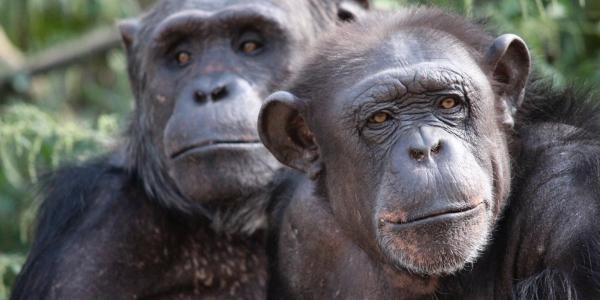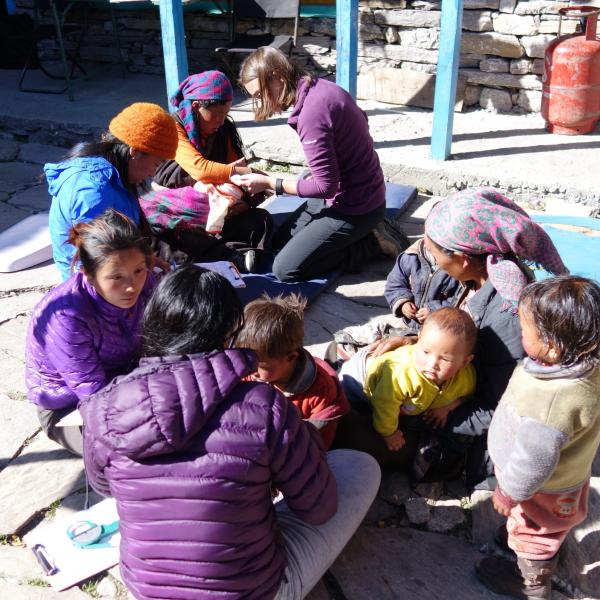Why biological anthropology?
Biological Anthropology is the study of humans from a biological perspective. This entails investigation of the evolution, ecology, adaptations and behavior of humans and their non-human primate relatives, both living and extinct. Central areas of focus within Biological Anthropology are Paleoanthropology, Primatology, and Human Biology. Graduate students may work primarily within one of these areas or across them.
Washington University in St. Louis is widely considered a center for research and graduate training in Biological Anthropology. Graduate students engage in cutting-edge research, present their findings at international conferences, and benefit from collaborations with some of the leading figures in the discipline. Job placement and the development of professional skills are considered key components of the training program.
The Biological Anthropology faculty and graduate students at Washington University in St. Louis conduct research in both laboratory and field settings. Our field research takes place in North and South America, Europe, Africa, and Asia in diverse locales ranging from Himalayan villages to the rainforests of central Africa to caves on the Mediterranean coast. Our laboratories include: the Biomarkers and Milk Research Lab, the Reproductive Ecology and Behavioral Endocrinology Lab (REBEL), the Primate Genetics and Molecular Ecology Lab (PGAME), the Primate Behavior Lab, the Evolutionary Morphology Lab, the Paleoanthropology Lab, and the lab of the Anatomy Research Group.




